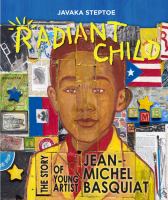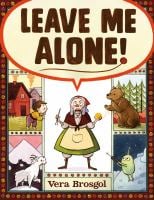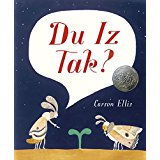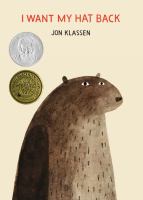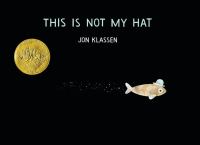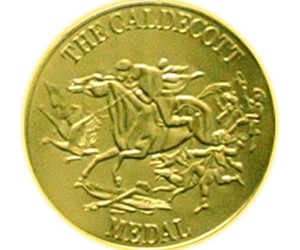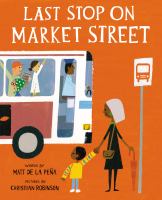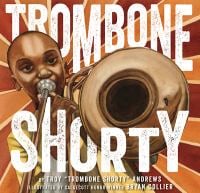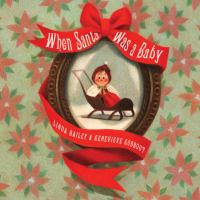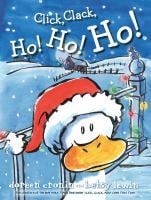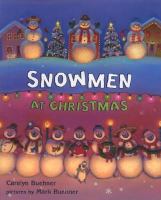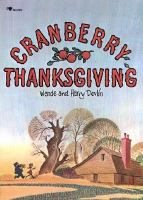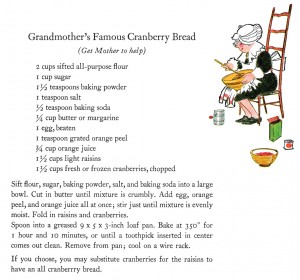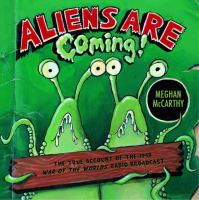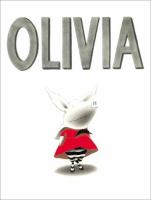Season’s Readings
 Author and illustrator Matt Tavares has produced one of the best picture books that celebrate Christmas in 2017. Red & Lulu (Candlewick) is based around an annual Christmas tradition, the Christmas tree at Rockefeller Center.
Author and illustrator Matt Tavares has produced one of the best picture books that celebrate Christmas in 2017. Red & Lulu (Candlewick) is based around an annual Christmas tradition, the Christmas tree at Rockefeller Center.
Red and Lulu are a pair of cardinals who nest in a majestic tree in a yard. They enjoy all of the seasons, but especially the Christmas season when the family always trimmed their tree with lights. One morning, Red was returning from finding food when their tree was cut down and hoisted onto a truck. Lulu was nesting in the tree which was being driven away. Red chirped to Lulu to stay in the tree, and he would find her. Unable to keep up with the truck, Red arrived in New York City and searched everywhere. His heart ached for Lulu until days later, he was attracted to Rockefeller Center. There stood the tree, glittering with lights. There was Lulu on their favorite branch. At the end of the holiday season, Red and Lulu found a new home in Central Park.
This touching tale not only celebrates the season, but also, the bond that the two cardinals share.
The head gardener at Rockefeller Center is responsible for choosing the perfect tree. Almost every year, the variety chosen is a Norway spruce. This tree is not native to the United States, so it isn’t often found in a forest. Instead, the gardener chooses one that had been planted in a private yard years ago.The Rockefeller Center tree is the height of an eight-story building. Over 45,000 multicolored lights are strung on it, and the star on the top weighs 550 pounds. When taken down, the tree is donated to Habitat for Humanity, so that the lumber from the tree will be used to build a home.
This video shows the 2017 tree being hoisted onto the truck.
